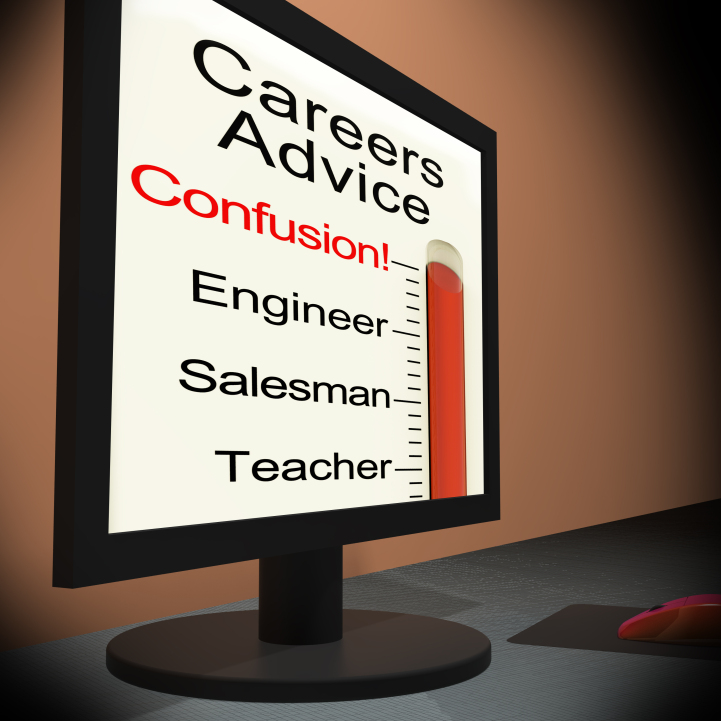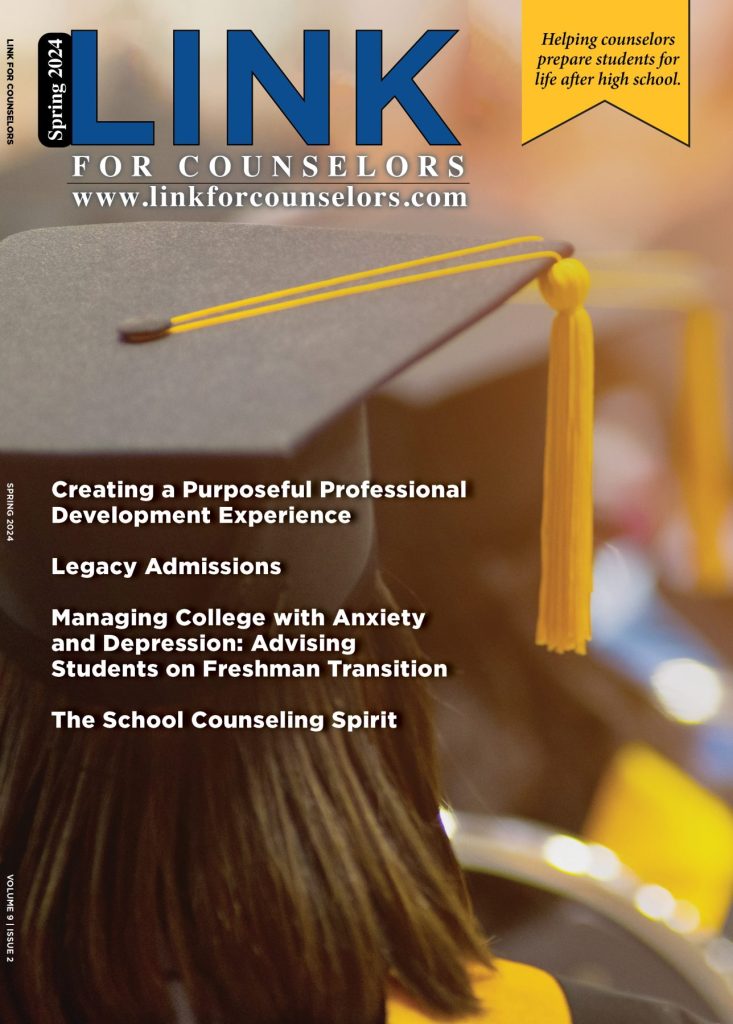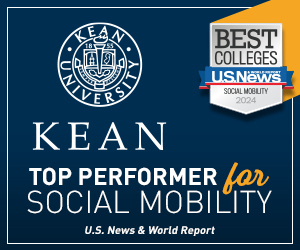What Gen Z Teens Are Asking About Education, Work and Their Future
A survey conducted by EMC Group in partnership with Vice Media shows that High School students have doubts about college, want to learn essential skills early and value a healthy work-life balance.
Here are four main questions Gen Z high schoolers have on their minds as they think about their futures.
Do we need a college degree?
Gen Z is skeptical about the value of a traditional four-year college degree. They question whether it delivers sufficient return on investment, having heard stories about student loans and debt. Around half (51%) are thinking about pursuing a college degree, down more than 10 percentage points since before the pandemic and 20 points since shortly after COVID began. Other surveys of young people and adults find similar skepticism about the value of a four-year degree.
On the other hand, 65% of Gen Z high schoolers who responded to “Question the Quo” believe education after high school is necessary. But they want options such as online courses, boot camps and apprenticeships.
What skills should K-12 schools teach us?
The practical mindset concerning college also applies to what young people want from high school. Gen Z places a priority on learning life skills along with academics — things like financial literacy, communication, problem-solving and understanding their own and others’ emotions, which are overlooked in the traditional K-12 curriculum. They value good grades and practical, real-world skills. They also have an entrepreneurial spirit, with a third wanting to start their own business.
Nearly 8 in 10 (78%) believe it is important to develop these practical skills before they graduate from high school, so they are better prepared to decide on career paths. These views are consistent with other national surveys of the American public and young people on these issues.
How can work and life coexist?
Gen Z high schoolers are not only interested in making money; they also want time for their personal lives. They see work-life balance as an important priority. In fact, two of the top factors that impact what they will decide to do after high school — long-term earning potential and physical and mental health — have remained consistent throughout ECMC’s seven surveys. In other words, young people yearn for meaningful work that leaves room for personal development and leisure. Their approach to careers echoes a holistic perspective on the need for a healthy balance between work and personal life, which was a key theme of the December 2021 report from the U.S. surgeon general on youth mental health.
How do I achieve my dreams?
Gen Z high schoolers want to learn on the job and over their lifetime. More than two-thirds say their ideal post-high school learning should be on the job through internships or apprenticeships (65%) or through hands-on learning in a lab or classroom (67%). Only a third say their ideal learning would be only through coursework. More than half (53%) want more formalized learning throughout their life. And 8 in 10 believe government and employers should subsidize, pay full tuition or provide direct training for students.
Check out the post from the 74 here: https://www.the74million.org/article/what-gen-z-teens-are-asking-about-education-work-and-their-future/













